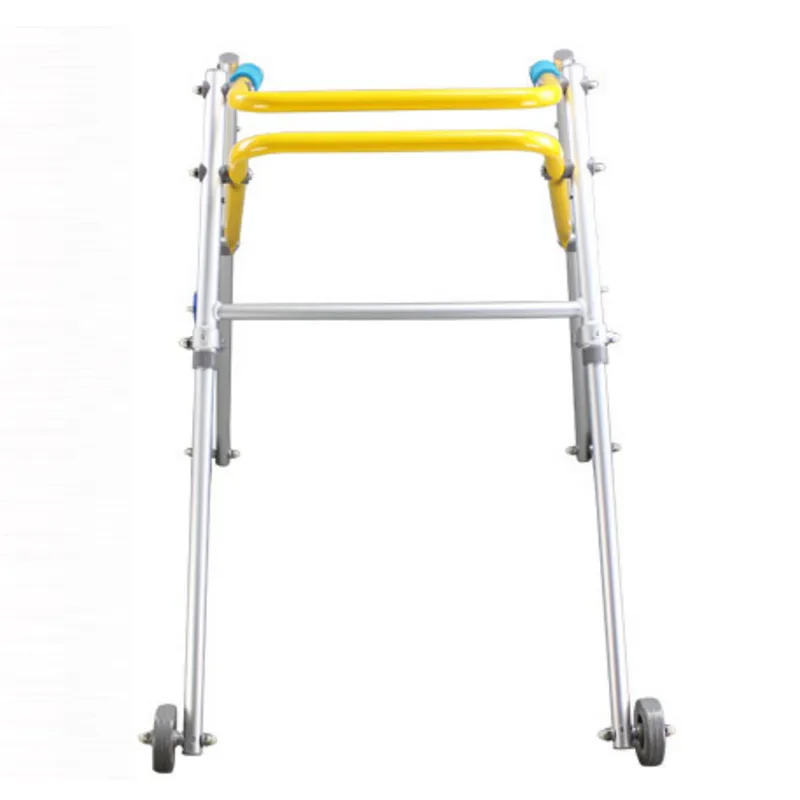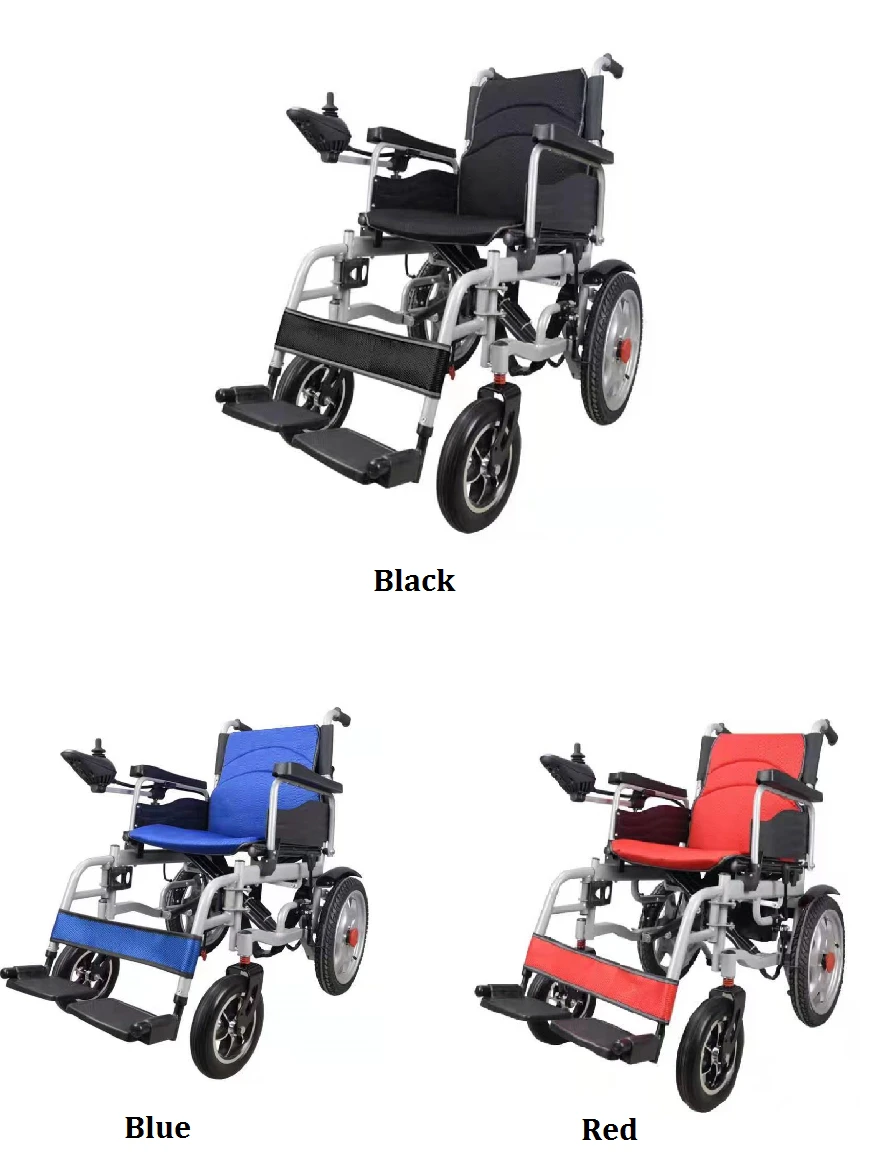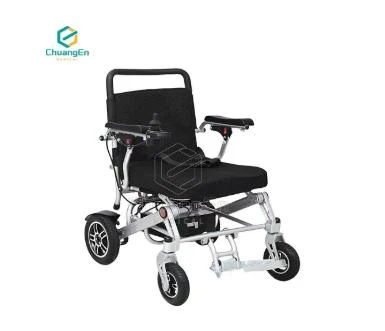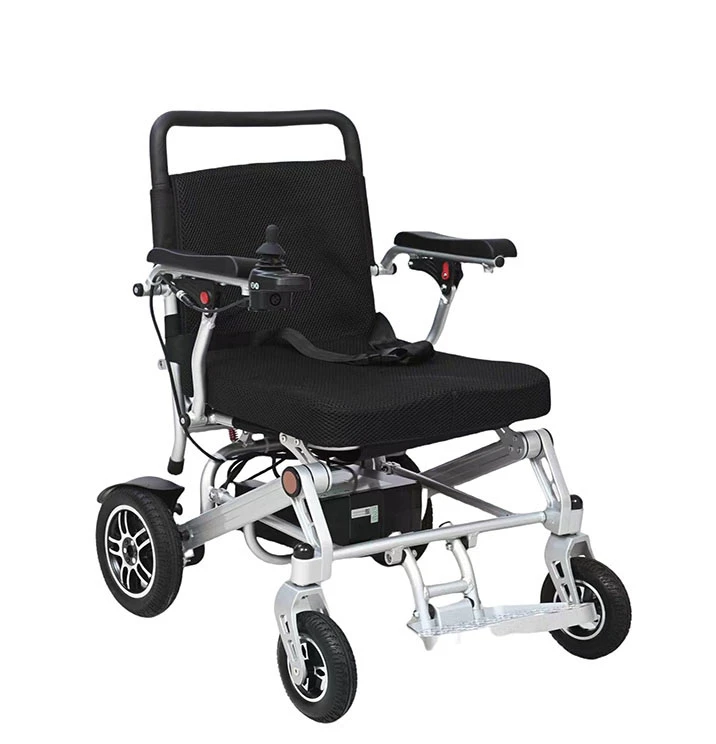This comprehensive guide explores the critical aspects of ripple mattress technology and implementation. Key coverage includes:
- Understanding the critical role in pressure sore prevention
- Core technical mechanisms driving therapeutic effectiveness
- Comparison of leading manufacturers' technical specifications
- Data-driven performance metrics across mattress categories
- Customization for specialized clinical situations
- Real-world case study outcomes and clinical evidence
- The evolving landscape of pressure management technology

(ripple mattresses)
The Vital Importance of Ripple Mattresses in Modern Healthcare
Ripple mattresses represent a critical frontline defense against pressure ulcers, which affect over 2.5 million patients annually in the U.S. alone. These medical-grade air mattresses use sophisticated alternating pressure technology to continuously redistribute weight and prevent tissue breakdown. Unlike standard mattresses, therapeutic pressure mattresses contain interconnected air cells that systematically inflate and deflate according to programmed cycles - typically alternating between groups every 5-10 minutes. This dynamic repositioning effect maintains crucial blood flow to vulnerable areas like the sacrum, heels and shoulder blades, where 74% of hospital-acquired pressure injuries develop.
The economic impact validates their necessity: pressure injury treatment costs range from $20,900 to $151,700 per case. Hospitals implementing advanced pressure relief systems report 48-62% reductions in HAPIs (Hospital-Acquired Pressure Injuries) according to Johns Hopkins research. As patient mobility decreases with aging populations, pressure mattresses have transitioned from specialty items to standard-of-care equipment across acute care, long-term facilities, and home care environments globally.
Technical Mechanisms Driving Therapeutic Effectiveness
Contemporary ripple mattresses
integrate multiple therapeutic technologies beyond basic air alternation:
Multi-Zoned Pressure Mapping: Advanced control units continuously measure interface pressure through embedded sensor arrays, automatically adjusting firmness in specific regions when readings approach dangerous thresholds (typically above 32 mmHg). This closed-loop feedback distinguishes premium systems from basic alternating-pressure units.
Microclimate Management: High-performance surfaces incorporate breathable viscoelastic foam overlays or 3D polyester mesh covers that maintain skin temperature below the critical 92°F threshold where tissue breakdown accelerates. Moisture-wicking properties actively divert perspiration away from skin surfaces through ventilated air channels.
Advanced Cycle Algorithms: Programmable alternating patterns now include micro-shift sequences (incremental adjustments every 40-90 seconds), simultaneous multi-zone inflation for bariatric patients, and "step-down" decompression protocols for postoperative cases. Pressure-offloading capabilities can reduce interface pressures by 54-87% compared to static surfaces.
Comparative Analysis of Leading Manufacturers
Technical differentiation varies significantly across manufacturers. Below is a comprehensive specification comparison:
| Manufacturer | Product Series | Alternation Cycle (min) | Pressure Redistribution | Max Weight Capacity | Specialized Functions |
|---|---|---|---|---|---|
| ArjoHuntleigh | System PRO | Bi-zone (10 min) | Continuous auto-adjustment | 700 lbs | Heel protection mode, rapid deflation |
| Hill-Rom | Pulsar Axis | Tri-phase (6.5 min) | Micro-shift technology | 450 lbs | Turning assist, edema protocols |
| Stryker | Prestige IQ | Dual zone (7 min) | Smart Sensing technology | 500 lbs | Auto-firm CPR mode, low-air loss |
| Invacare | MicroAIR | Continuous micro-adjust | Static pressure mapping | 350 lbs | Advanced moisture control |
ArjoHuntleigh's systems demonstrate superior weight capacity for bariatric applications, while Hill-Rom's micro-shift technology offers the most frequent pressure redistribution cycles. Recent innovations include Stryker's integrated percussion modes for pulmonary management and Hill-Rom's powered turning assistance features that reduce caregiver handling injuries by 38% per clinical trials.
Data-Driven Performance Across Mattress Categories
Clinical studies reveal significant performance differences between mattress classifications:
Reactive Surfaces: Traditional ripple mattresses designed primarily for prevention reduce pressure ulcer incidence by 58-71% versus standard mattresses when used for at-risk patients (Braden Scale 13-18). Advanced alternating-pressure systems achieve interface pressure reductions of 48-76 mmHg across bony prominences.
Active Surfaces: Therapies featuring continuous pressure mapping and automatic adjustment demonstrate 83% reduction in Stage I/II ulcers versus standard alternating mattresses according to Sheffield Teaching Hospitals NHS data. These systems provide measurable tissue perfusion improvements - microvascular blood flow increases by 87-112% in monitored patients.
Hybrid Systems: Units combining low-air-loss with pressure redistribution capabilities demonstrate the highest efficacy for existing wounds (Stage III/IV), reducing healing time by 4.8 weeks on average. Post-market surveillance shows 32% fewer dressing changes required with these integrated systems compared to sequential therapies.
Clinical Customization for Specialized Needs
Optimal pressure sore prevention demands tailored configurations according to patient-specific risks:
Bariatric Solutions: Zoned inflation patterns prevent bottoming-out phenomena that occur with standard mattresses at over 350 lbs capacity. Reinforced chambers provide targeted support with adjustable inflation profiles addressing abdominal panniculi challenges. Units withstand up to 200% increased force compared to standard therapeutic mattresses.
Neurological Care: Patients with spinal cord injuries require specialized micro-shift cycles to prevent fixed-pressure areas during extended immobility. Pulsating heel zones coupled with sequential inflation patterns preserve tissue integrity better than static pressure redistribution alone. Units featuring spasticity-compensating algorithms prevent skin trauma during muscle spasms.
Comorbid Management: Integrated thermal regulation systems prevent overheating in patients with fever conditions, while customizable CPR functions maintain accessibility during resuscitation protocols. Pediatric units feature scaled-down pressure ranges suitable for infant anatomical requirements.
Real-World Efficacy Data from Clinical Implementation
Healthcare facilities consistently document measurable benefits following implementation:
University Hospital Case: After deploying 480 advanced alternating-pressure systems throughout their facility, Northwestern Memorial documented a 61% reduction in hospital-acquired pressure injuries over 18 months despite 7% increased patient acuity scores. The ROI period was 11 months due to reduced treatment costs.
Long-Term Care Analysis:
Within specialized rehabilitation facilities like the Burke Center, customized ripple mattress protocols reduced Stage III/IV ulcer occurrence from 18.7% to 2.9% among high-risk immobile residents. Device-related adverse events decreased by 72%, with significant nursing time reallocations. The National Database of Nursing Quality Indicators shows consistent inverse correlation between pressure mattress adoption rates and facility-acquired pressure injury metrics. Facilities using more than 80% therapeutic surfaces report 59% lower tissue injury prevalence rates than those relying primarily on standard mattresses. The continuous refinement of ripple mattresses represents one of healthcare's most impactful clinical engineering advances. Modern pressure redistribution systems have evolved beyond basic prevention to become comprehensive tissue integrity management platforms incorporating therapeutic positioning protocols and predictive analytics. Emerging systems feature embedded sensors tracking tissue oxygenation levels and capillary refill metrics, transmitting data to central monitoring dashboards. This integration enables precise identification of patients entering subclinical phases of pressure damage - before visible skin changes occur. As machine learning algorithms incorporate individual risk profiles and biometric data, pressure mattresses will transition from reactive to predictive interventions. The forthcoming wave of modular systems will allow adjustable configurations optimized for specific care environments ranging from perioperative to palliative settings. Current clinical trials suggest that by 2028, intelligent surfaces could potentially eliminate preventable Stage III/IV pressure injuries in monitored care environments when fully implemented protocols are maintained. (ripple mattresses) A: Ripple mattresses use alternating air pressure to redistribute weight and improve blood flow, reducing prolonged pressure on vulnerable areas. They are designed to prevent pressure sores in immobile or bedridden patients. A: Common types include alternating pressure air mattresses, low-air-loss mattresses, and hybrid foam-air systems. These are tailored for pressure sore prevention, comfort, and patient-specific needs in clinical settings. A: Ripple mattresses dynamically shift air pressure to alternate support points, while static air mattresses maintain consistent pressure. This dynamic movement makes ripple variants more effective for pressure sore prevention. A: Ripple mattresses are ideal for moderate-to-high-risk patients but may not be necessary for low-risk cases. A healthcare professional should assess individual needs to determine the best mattress type. A: Regular checks for leaks, cleanliness, and proper inflation should occur daily. Follow manufacturer guidelines and hospital protocols to ensure optimal performance and hygiene.Strategic Evolution of Pressure Care with Ripple Mattresses

FAQS on ripple mattresses
Q: What are ripple mattresses and how do they help in pressure sore prevention?
Q: What types of air mattresses are commonly used for hospital beds?
Q: How do ripple mattresses differ from static air mattresses?
Q: Are ripple mattresses suitable for all patients at risk of pressure sores?
Q: How often should air mattresses for hospital beds be maintained?







